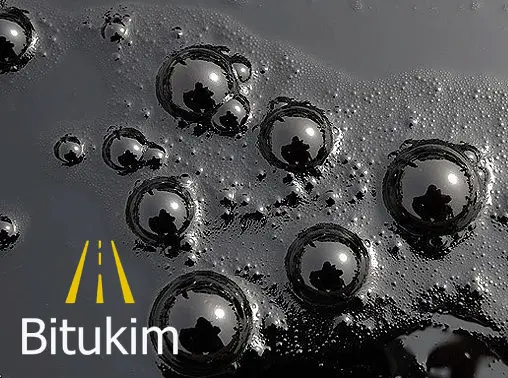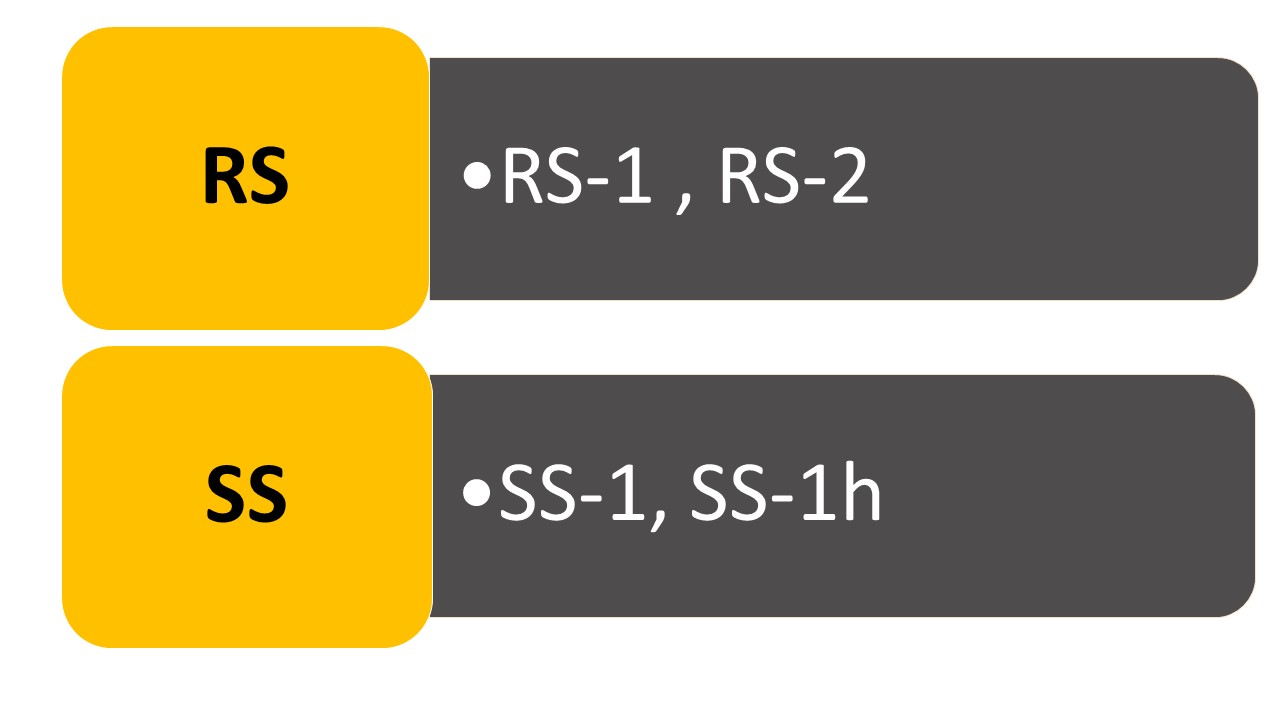
Description
Anionic Bitumen Emulsion is a stable emulsion in which tiny droplets of bitumen are suspended in water with the help of anionic emulsifiers—chemicals that have a negative electrical charge. This negative electrical charge separates the bitumen particles from one another and allows for better dispersion, therefore a stable and consistent emulsion. The typical composition includes bitumen, water, emulsifying agents, and optionally performance-enhancing additives. Anionic emulsions find widespread use in road construction because of their adaptability and eco-friendliness.
Different grade of Anionic Bitumen Emulsion
Anionic bitumen emulsions are classified into three general grades based on their setting times and applications: Rapid Setting (RS), Medium Setting (MS), and Slow Setting (SS). RS emulsions set very quickly in the order of minutes and are appropriate for surface dressing and chip sealing where reopening of traffic is needed early.
MS emulsions have a balanced setting time, used in cold mix asphalt and tack coats, with good adhesion and ample time for mixing and compaction. SS emulsions are slower curing, ideal for prime coats and fog seals where deeper penetration and extended workability are required to achieve strong bonding and stabilization. The grade is selected to fulfill specific project requirements and environmental conditions.

Wide Uses of Anionic Bitumen Emulsion
Anionic bitumen emulsion’s most vital use is in prime coats, where it acts as a bonding coat between the granular base and asphalt overlay. It penetrates into the base surface and enhances adhesion, rendering the road incredibly robust for long durations. It is also an effective tack coat, creating an acceptable bond between two successive layers of asphalt and minimizing delamination.
In surface dressing operations, anionic emulsions are sprayed over existing road surfaces, followed by aggregate chips. This, besides rejuvenating skid resistance, seals minor cracks to extend the life of the pavement.
Anionic emulsions are also employed in the manufacture of cold mix asphalt, especially in remote areas or in changing weather conditions when it is impossible to employ hot mix. Their low-temperature application makes them especially fit for road maintenance, repair jobs, and surface treatments without exposing them to high-temperature processing.
Anionic Bitumen Emulsion Use Benefits
Anionic emulsions possess multiple performance and sustainability benefits. Being water-based, they have lower emissions when applied, which makes them the eco-friendly alternative to the traditional hot-applied bitumen. Their versatility allows them to be compatible with a wide range of aggregates, thus they are flexible to adapt to local materials and weather conditions.
These emulsions also offer strong bonding qualities, leading to strong interlayer adherence as well as bitumen to aggregate adhesion. Cold application technique reduces energy consumption and increases site safety through avoidance of heat. Furthermore, longer workability and controlled setting times allow better on-site control.
Technical Properties of Anionic Emulsion
Technically, anionic emulsions can be distinguished by particles’ negative charge, which enhances the tendency to coat positively charged mineral aggregates. Electrochemical compatibility is significant for road performance.
The particle size of the bitumen droplet usually ranges from 0.1 to 10 micrometers to allow for better penetration and coating performance. The setting time can be manipulated with regard to emulsifier formulation to allow flexibility in application timing—particularly useful in large or complex jobs. Anionic emulsions are also less viscous than their cationic counterparts, making them easier to spray and mix, especially in cold or moderate temperatures.
Specifications and Handling Procedures
Anionic bitumen emulsions include bitumen, water, anionic emulsifiers, and optional additives designed to increase stability, curing time, or penetration depth. They are usually applied according to specifications like ASTM D977 or AASHTO M140, which indicate the parameters for viscosity, setting time, and residual bitumen content.
Its temperature of application is ambient, which allows on-site logistics to be convenient and reduces heating equipment requirements. Although anionic emulsions tend to be slower in setting than cationic ones, this can be an advantage in applications where extended open time is desirable.
For optimum efficiency, emulsions should be stored in cold, shaded conditions, and protected from contamination. When being applied, standard PPE (personal protective gear) should be used to avoid skin contact and inhalation. Quality assurance in manufacturing, transportation, and application must be employed to ensure consistency and project standards.
Conclusion
Anionic bitumen emulsions are a reliable, flexible, and environmentally friendly choice for modern road construction and maintenance.
Their excellent adhesion properties, compatibility with the majority of aggregates, ability to be applied cold, and modified setting times make them an ideal choice for application in a wide range of pavement and surface treatment schemes.
When applied as prime coats, tack coats, or cold mix asphalt, anionic emulsions deliver performance and environmental benefits—making them a popular binder in civil engineering and infrastructure developments worldwide.

